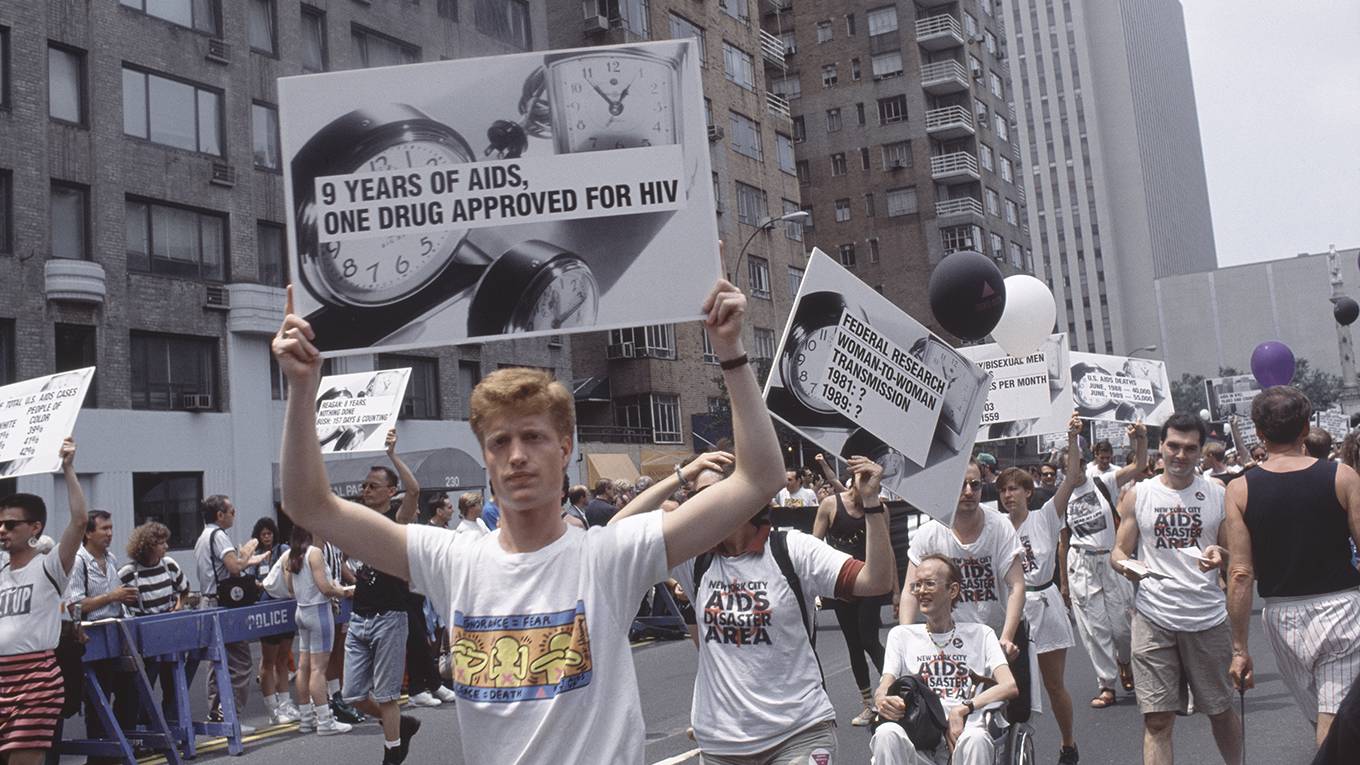CARL BILDT
For too long after HIV/AIDS emerged in the 1980s, policymakers and the public simply refused to care, let alone acknowledge the scale of the devastation in their midst. One of the leading scientists from the front lines of the AIDS crisis sees troubling but edifying parallels between that outbreak and the COVID-19 pandemic.
The current crisis is hardly the first of its kind. In early 2003, another coronavirus – SARS-CoV-1 – suddenly spread from southern China across Southeast Asia, but it ultimately remained regionally contained. Later, we learned that SARS (severe acute respiratory syndrome) had been spreading in southern China for some time, and that Chinese officials had been reluctant even to admit its existence and issue a warning, let alone take appropriate measures to contain it. Only after the epidemic had reached Hong Kong, a key global financial hub, did alarm bells go off.
Nonetheless, coordinated international action soon followed. There was a sharp drop in air traffic in the region, and many areas were cordoned off. The World Health Organization’s leaders at the time criticized China for its slow response, and the Chinese health minister was duly fired. By early July, the WHO was able to declare the crisis over, lifting its remaining recommendations for restrictive measures. The world returned to normal.
Why have we failed so spectacularly in 2020 after succeeding in 2003? Any answer to that question will be tentative, because there is much that we still don’t know about COVID-19 or the early months of the outbreak. Still, I see four factors that might help to explain the difference between now and then.
First, it took time for Chinese authorities to wake up to what was happening, sound the alarm, and start taking resolute action. From what we know, COVID-19 first emerged in China in mid-November 2019, and had been detected spreading through Wuhan by mid-December, when reports started circulating in Taiwan. Finally, on December 31, 2019, China alerted the WHO of a potential outbreak.
During those early weeks, local authorities in Wuhan sought to cover up the outbreak, including by concealing information from the central government in Beijing. We may never know just how much time was lost to Wuhan officials’ obfuscation. But we do know that after China’s first report to the WHO, it took another three weeks for Chinese authorities to lock down Hubei province. By that point, many residents had left for the Chinese New Year holiday, spreading the novel coronavirus, SARS-CoV-2, to other parts of the country (meanwhile, Wuhan allowed street celebrations to proceed).
Enjoy unlimited access to the ideas and opinions of the world's leading thinkers, including weekly long reads, book reviews, and interviews; The Year Ahead annual print magazine; the complete PS archive; and more – all for less than $2 a week.
A second factor that makes this crisis different from the one in 2003 is that SARS-CoV-2 seems to be much more contagious than its predecessor. This has magnified the consequences of Chinese foot-dragging. During those initial 5-7 weeks, and in the weeks after the WHO sounded the alarm, when the rest of the world did very little, COVID-19 was able to spread much farther and wider than SARS ever did, and the result has been far deadlier.
The third, related, factor is that the world of 2019-2020 is much more interconnected than the world of 2002-2003 was. Wuhan, an inland city with 11 million people, has sometimes been called the Chicago of China, owing to its wide-ranging integration into global supply chains. Over the past few decades, the city has developed into a major hub. Before the lockdown pandemic, there were six flights per week from Wuhan to Paris (as well as five to Rome and three to London), and frequent non-stop flights to San Francisco and New York. What happened in Wuhan did not stay in Wuhan.
The last factor that cannot be ignored is the geopolitical dimension. The world was already falling into a persistent state of confrontation and disarray long before the COVID-19 crisis erupted. Back in 2003, it was only natural that the international community would come together quickly to coordinate a joint response. But in 2020, that scenario wasn’t even on the table. Even after the virus had gone global, US President Donald Trump’s administration remained in denial. And to this day, it has not made even the slightest gesture toward providing global leadership.
America’s historic abdication of its traditional role has trickled down, infecting most of the established instruments of global cooperation. When the WHO declared COVID-19 a pandemic on March 11, it might already have been too late. But the confused and flailing reaction from the United States and other major countries has clearly made matters far worse.
My tentative conclusion is that these four factors together explain why this episode is so much more severe than the SARS epidemic. A novel coronavirus has plunged the world into a mega-crisis the likes of which we have not seen in modern times. We should consider what that says about the state of global governance.
Again, nobody knows how this crisis will end. But by understanding how it started, we might be able to prevent, or at least mitigate, the next one.

No comments:
Post a Comment